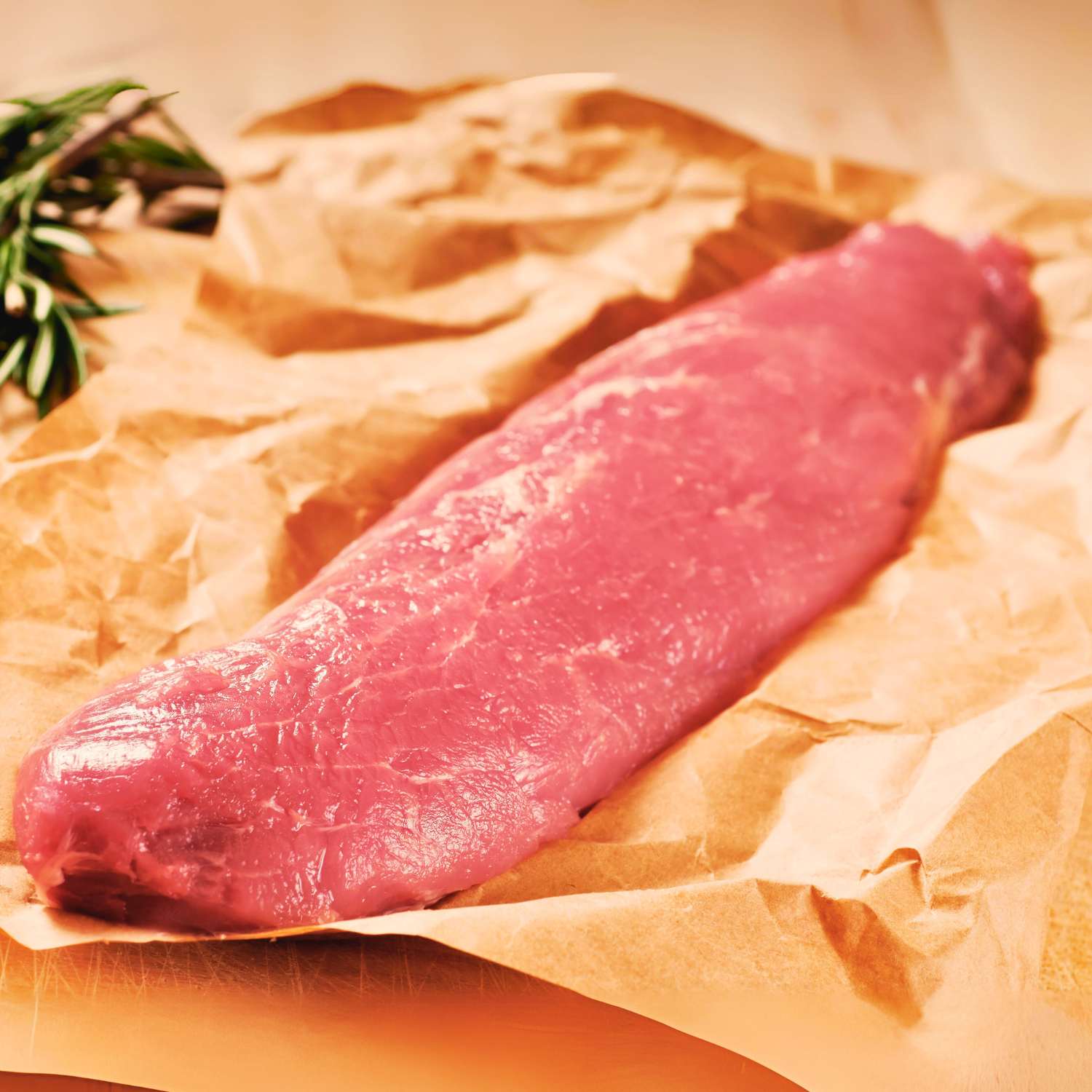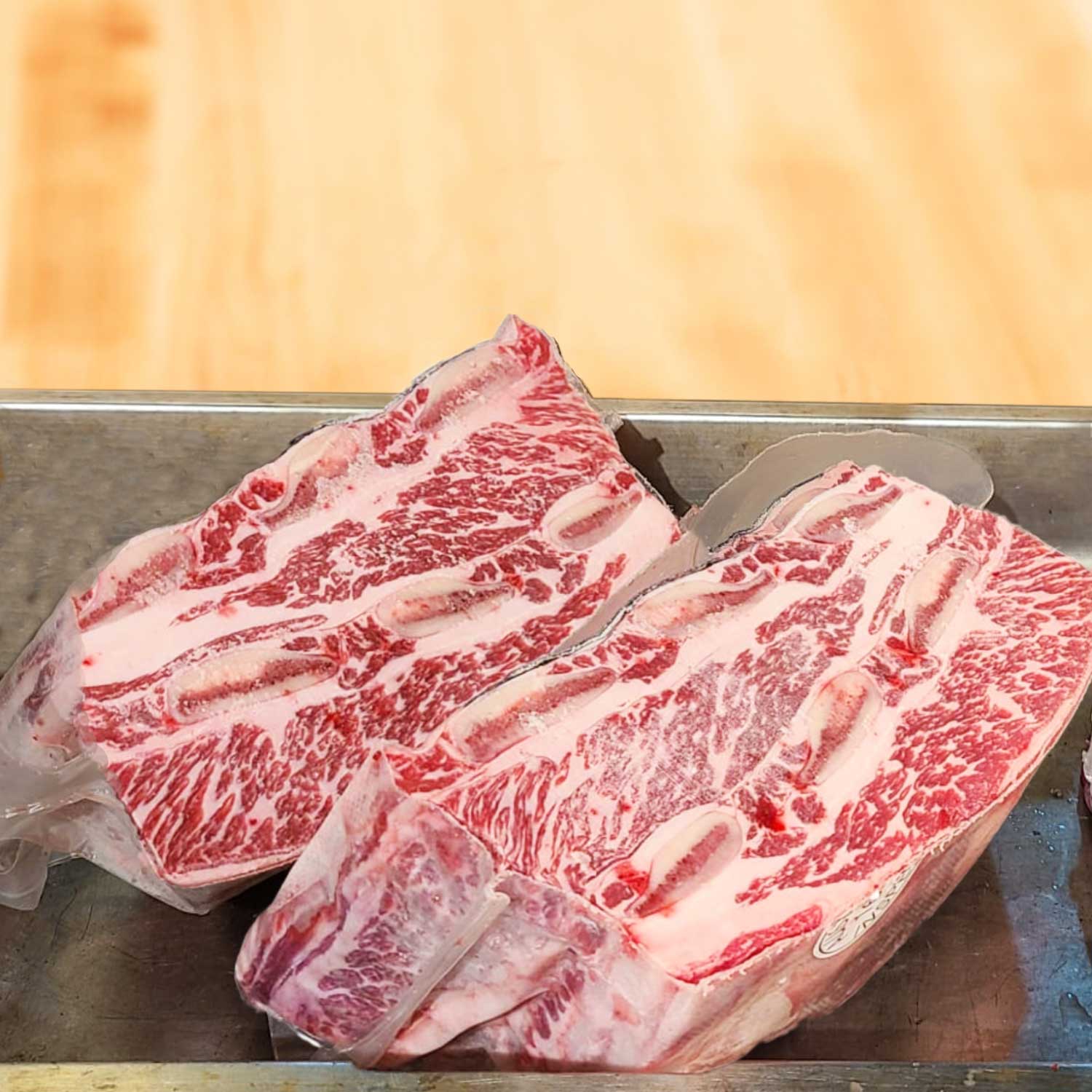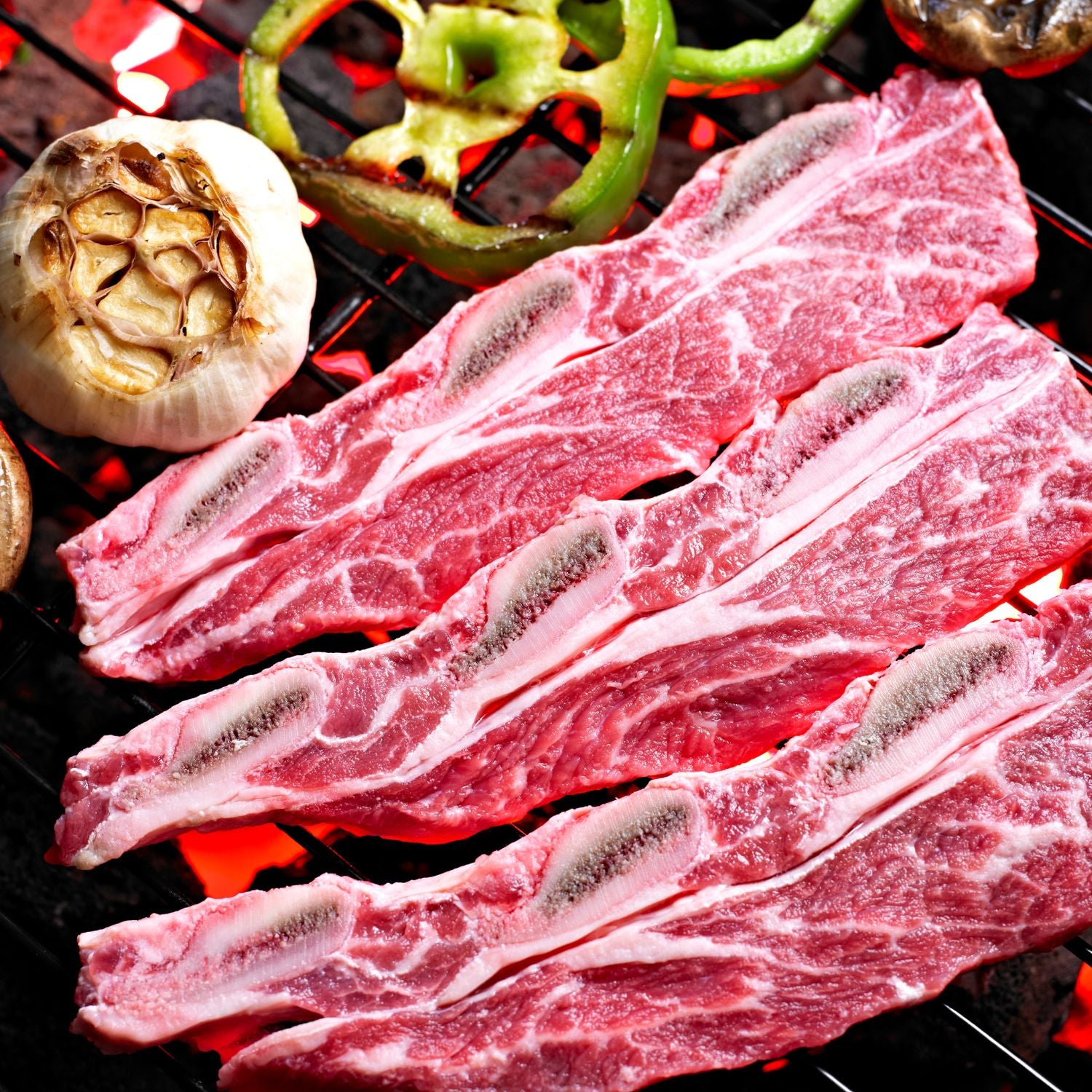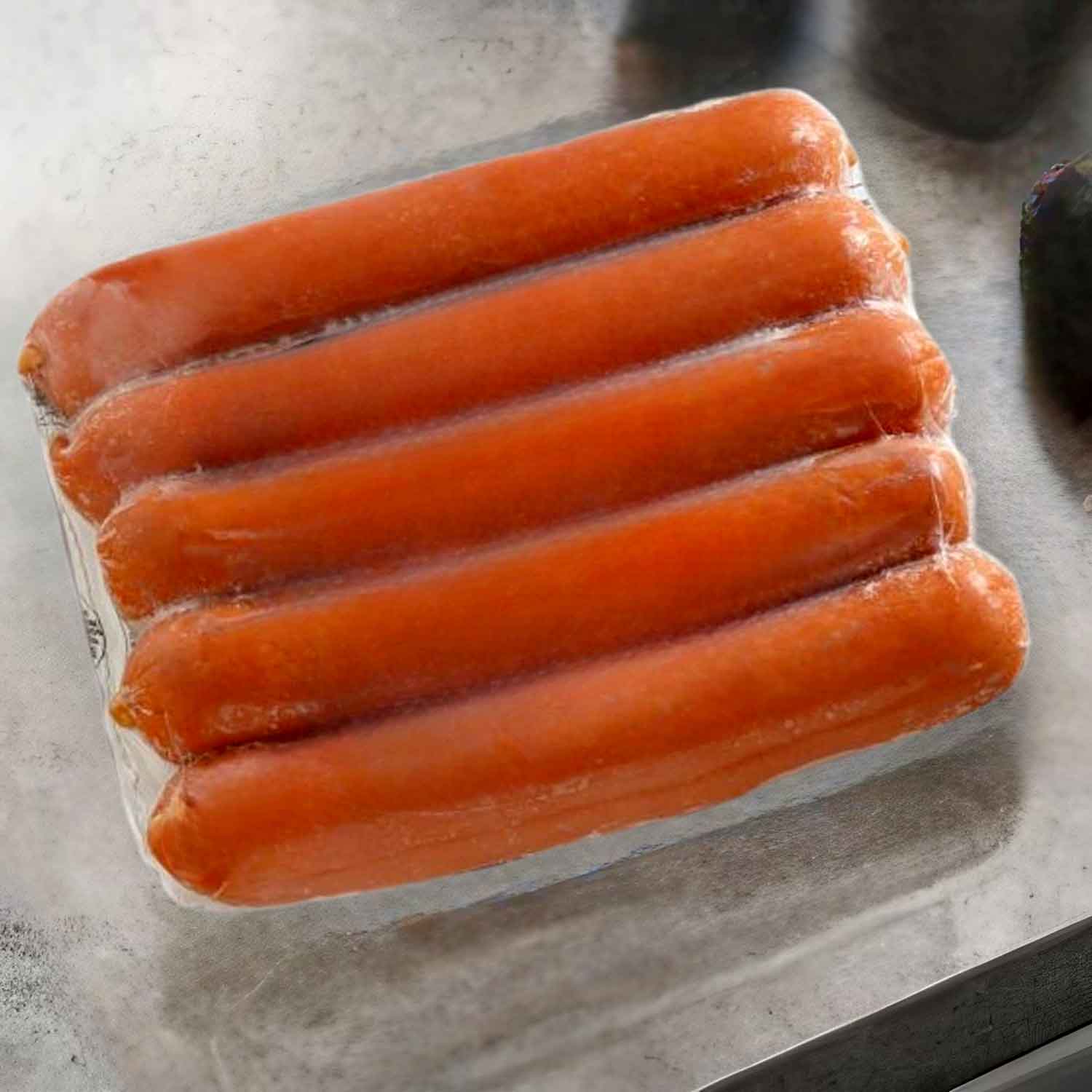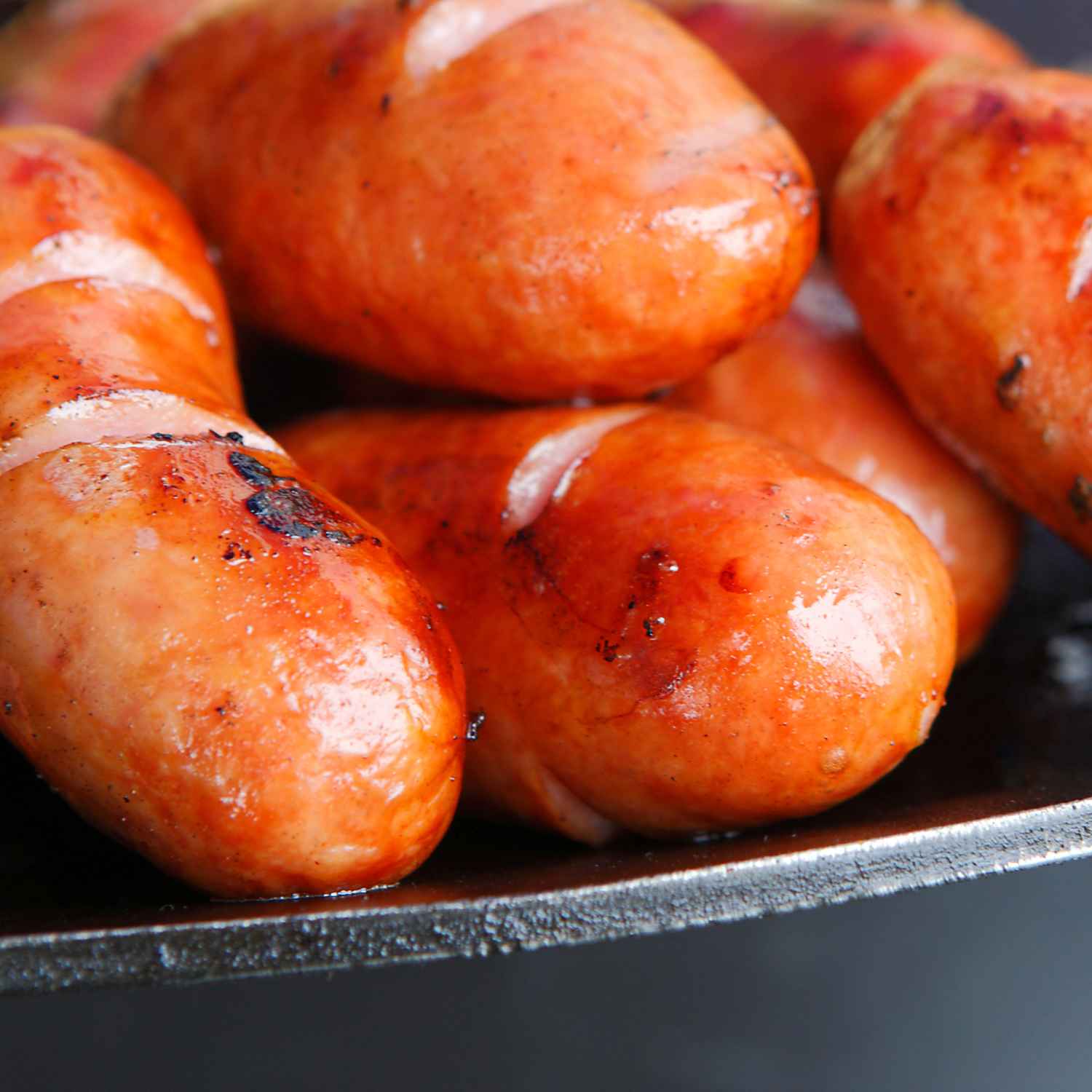The Essential Guide to Choosing Grass-Fed Beef
What Is Grass-Fed Beef?
Grass-fed beef comes from cattle that eat only grass and other foraged foods. Unlike grain-fed beef, these cows graze on pasture throughout their lives. The difference in diet affects the beef's flavor and nutritional value, making it a choice for those looking for healthier and tastier options. In Hong Kong, 'Meat King

Why Choose Grass-Fed Beef for Health and Flavor?
Grass-fed beef stands out for health and taste. It's rich in omega-3 fatty acids and vitamins A and E, which are less common in grain-fed beef. Opting for grass-fed means choosing leaner cuts with more natural flavors. The beef tastes cleaner and more robust, reflecting the grasses and herbs that the cattle have fed on. In Hong Kong, where dining excellence is prized, grass-fed beef isn't just a healthy choice—it's a gourmet's delight. Selecting grass-fed is a step toward savvier, more satisfying meals.
Identifying the Best Grass-Fed Beef in Hong Kong
To identify superior grass-fed beef in Hong Kong, look for a few key indicators. First, reputable sources like MeatKing.hk offer a guarantee of quality. Ensure the beef is labeled 'grass-fed' and inquire if the cows were finished on grain, as this affects flavor and texture. When possible, choose local farms for the freshest options. The meat should be well-marbled; fat distribution is vital for juiciness and taste. Don't hesitate to ask your butcher about the beef's origin and breed, as these factors contribute to the overall quality. For the best culinary experience, consider premium cuts like Grass Fed Ribeye, Tenderloin, or Striploin.
Mastering the Art of Cooking Grass-Fed Steaks
The Ideal Temperature for Grass-Fed Steaks
- Preheat your grill to medium-high, around 400-450°F (204-232°C).
- For rare steaks, aim for an internal temperature of 120-125°F (49-52°C).
- Medium-rare steaks are best at 130-135°F (54-57°C), the sweet spot for grass-fed beef.
- Avoid cooking grass-fed steaks above medium to prevent drying out the lean meat.
- Use a meat thermometer to ensure accuracy for the perfect steak doneness.
- Remember, grass-fed beef cooks about 30% faster due to its lower fat content.
- Allow steaks to rest for 5 to 10 minutes after cooking to retain their juices.
Seasoning and Marinating Techniques
When cooking the best grass-fed steaks from MeatKing.hk in Hong Kong, the magic starts with seasoning and marinating. First, choose fresh herbs like rosemary to enhance the beef’s natural flavors. Simple sea salt and black pepper can do wonders, but for more depth, consider a mix of garlic powder and onion powder. To tenderize and infuse flavor, marinate with olive oil, lemon juice, or balsamic vinegar. Keep the steak in the marinade for at least 30 minutes, and for best results, let it rest in the fridge overnight. Remember, grass-fed beef is leaner, so it absorbs marinades well but ensure to not overpower its distinct taste.
Tips for Perfectly Cooked Grass-Fed Ribeye, Tenderloin, and Striploin
When cooking grass-fed beef, attention to detail is key. For a ribeye, let it reach room temperature before grilling. This ensures even cooking. A pre-heated, hot grill will give you the desired sear. For tenderness, aim for a medium-rare finish, around 130°F (54°C). Remember to rest it before serving, to lock in the juices. Tenderloin, being leaner, requires careful monitoring to avoid overcooking. Season it lightly to bring out its natural flavors. Searing on high heat for a short time will produce the perfect crust. Let it rest as well. Striploin, on the other hand, is best at 135°F (57°C). It balances between a firm texture and succulent taste. Always cut against the grain to ensure each bite is tender. With these tips, your grass-fed beef steaks will be the star of any meal.
Elevating Your Grill Game with Grass-Fed Steaks
Setting Up the Perfect Grill for Steak Cooking
Grilling the perfect steak begins with the right setup. To achieve the best results for your grass-fed steaks, you'll need to consider the type of grill you're using. Charcoal grills often provide a robust smoky flavor, while gas grills offer consistent heat and control. Preheat your grill to a high temperature before adding steaks to ensure a well-seared crust. Also, ensure your grill grates are clean and oiled to prevent sticking. It's worth investing in a high-quality thermometer to monitor the steak's internal temperature for precision cooking. Arranging for a cooler zone on your grill can be useful for managing thicker cuts like a grass-fed ribeye, which may require longer cooking times to reach the desired doneness.
Creative Grill Techniques for Grass-Fed Beef
- Start with a clean grill to ensure pure flavors.
- Use two-zone cooking: high heat to sear, low to finish.
- Try reverse searing for even cooking.
- Grill over wood chips for a smoky taste.
- Use a meat thermometer for perfect doneness.
- Rest your steak before serving to retain juices.
- Experiment with herb-infused oils for basting.
Pairing Grass-Fed Steaks with the Perfect Side Dishes and Wine
Pairing your grass-fed steak with the right sides and wine turns a good meal into a feast.
- Vegetable Sides: Go for grilled asparagus or sautéed mushrooms. Their earthy flavors match well with beef.
- Starches: Consider roasted potatoes with rosemary or a creamy garlic mashed potato. Both options support the richness of the steak.
- Salads: A crisp green salad with a zesty dressing can provide a refreshing contrast to the meat.
- Wine Selection: A bold red wine, such as a Cabernet Sauvignon, can stand up to the taste of grass-fed beef. For a lighter option, try a Pinot Noir.
These pairings promote harmony on your plate, enhancing the grass-fed steak's natural goodness.












